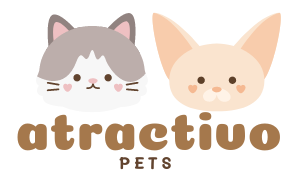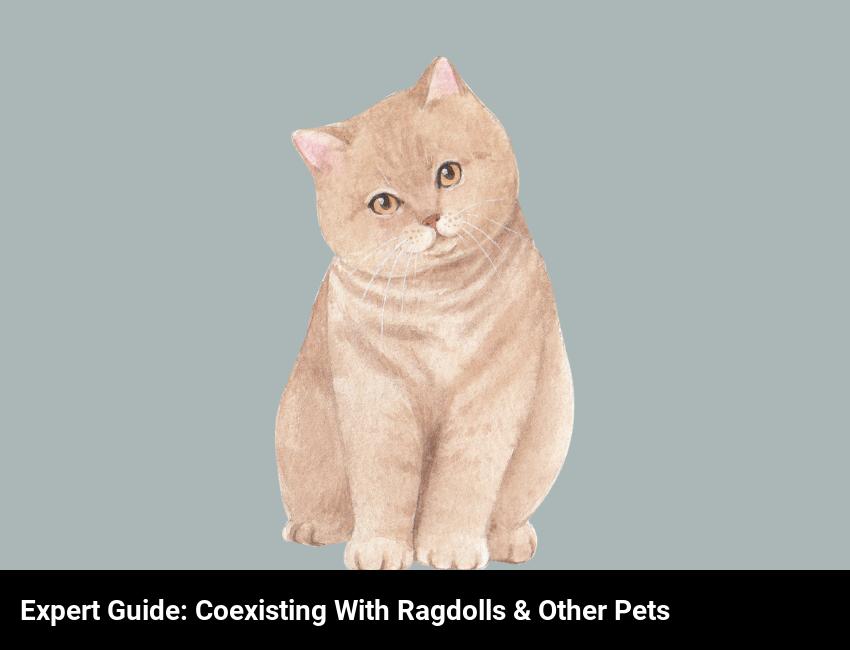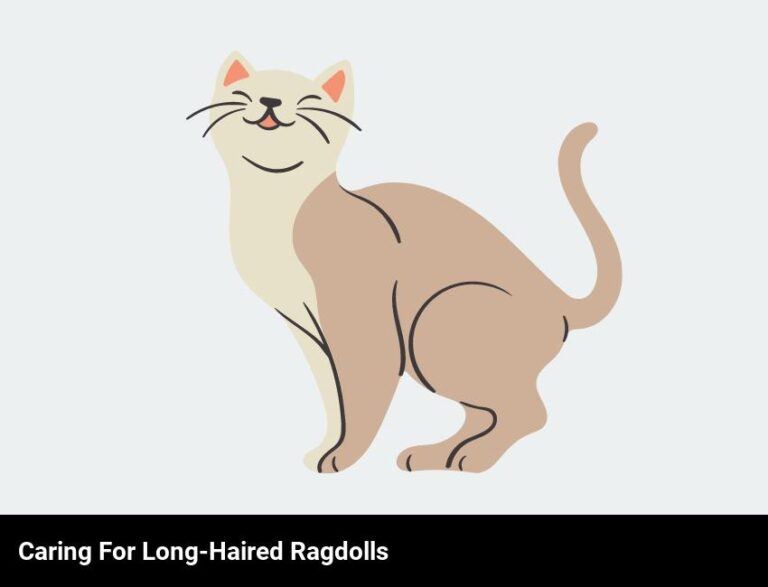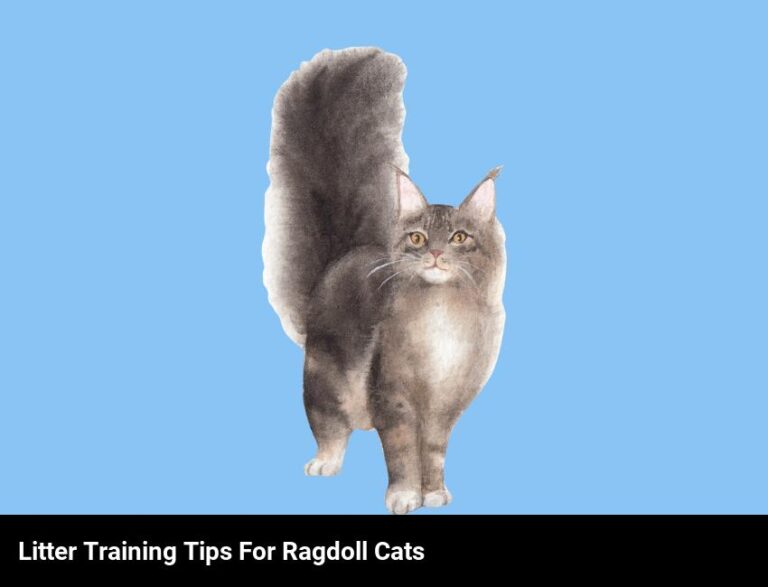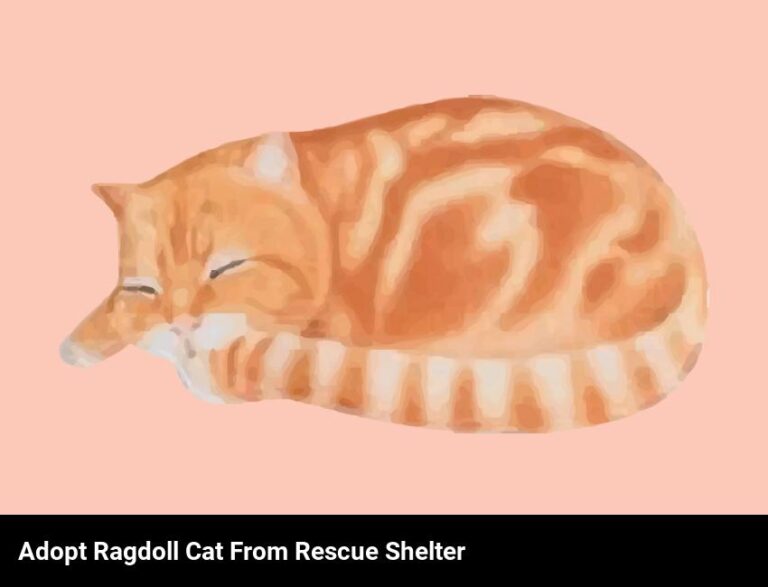Can Ragdolls And Other Pets Coexist? An Expert Guide
Yes, ragdolls and other pets can coexist. Introduce the pets to each other gradually and monitor their interactions to ensure they are comfortable with each other. Providing separate areas for each pet can help them adjust to each other. With proper training and care, ragdolls and other pets can learn to live together peacefully.
If you’re a pet lover like me, you know that having multiple pets can be a great way to create a loving home environment. But can two different types of pets coexist peacefully? I’ve been in a similar situation before and can tell you from personal experience that it’s definitely possible! In this blog, I’ll share my expertise and provide an expert guide to help you figure out the best way to introduce a new pet to an existing one. You’ll learn the key benefits of having more than one pet in the house, the signs that your pets are getting along, what to do if your pets are not getting along, common issues between two different types of pets, and the best tips for keeping two different types of pets happy and healthy.
How can you introduce a new pet to an existing pet in the house?
Introducing a new pet to an existing pet in the house can be a tricky situation to manage. The key is to make sure that your existing pet doesn’t feel displaced and that the new pet is welcomed in the right way. Here are some tips to help you make the transition as smooth as possible.
First, make sure to slowly introduce the new pet to the existing one. This can be done by having them smell each other and interact through a barrier like a fence or a gate. This will help them get used to each other’s presence before they are forced to live together.
It’s also important to create a safe space for the new pet. This means providing them with a place to sleep, eat, and play away from the existing pet. This will help them feel more secure and help them adjust to their new home.
Additionally, give both pets plenty of attention. Make sure to give them equal amounts of love and playtime so that neither pet feels neglected. This will help them form a bond and create a strong relationship.
Finally, remember to be patient and understanding. Introducing a new pet to an existing pet takes time and can be stressful for both parties. So be sure to provide plenty of reassurance and comfort during the transition.
By following these simple steps, you can ensure that both your existing pet and your new pet will coexist peacefully and happily in the same household.
What are the key benefits of having more than one pet in the house?
Having more than one pet in the house can bring many benefits! Here are some of the key advantages of welcoming additional furry friends into your home:
- Increased companionship: Not only will your pets become friends with each other, but they’ll also provide companionship and love to you!.
- More activity: With multiple pets, there will be more activity in the home, which can help keep everyone happy and entertained, regardless of how long you’re away.
- Reduced stress: Pets are proven to help reduce stress and anxiety levels. Having multiple pets can make it easier for you to get some much-needed relaxation and destressing time.
- More variety: Owning multiple pets can add a lot of variety to your home, from different personalities and sizes to different levels of energy and activity.
- More fun: With multiple pets, there’s always something new and exciting happening in your home.
What are the best tips for keeping two different types of pets happy and healthy?
If you’re wondering how to keep two different types of pets happy and healthy in the same home, you’re in luck! Here are some of the best tips for keeping your ragdoll and other pet happy and healthy:
- Spend quality time with each pet to ensure that they both receive individual care. Make sure to give your ragdoll plenty of love and attention, and don’t forget about your other pet!.
- Provide each pet with its own space. This will help them to feel secure and less likely to get territorial.
- Offer a variety of toys and activities for each pet to keep them entertained and engaged. This will help to reduce stress and keep them both active.
- Make sure to provide a balanced diet for both pets. Talk to your vet about what would be best for each pet and ensure that they are getting all the necessary nutrients.
- Keep up with regular vet visits and vaccinations. This will help to keep both pets healthy and ensure that they are being monitored for any potential health issues.
- Keep the environment clean and safe. This will help to reduce the risk of illnesses or accidents.
What are the long-term benefits of having more than one pet in the house?
You might be wondering if having more than one pet in the house is beneficial in the long run. Absolutely! Here are some of the many long-term benefits of having more than one pet in your home:
- Enhanced socialization: Having more than one pet in your home can help your existing pets to become more socialized with one another! This socialization can help to reduce conflict between your pets and give them more opportunities to bond and play together.
- Reduced stress: Having more than one pet in your home can help to reduce stress levels among all of your pets. Studies show that animals can become over-stressed when living alone and this can lead to behavioral issues. Having more than one pet in your home can help to reduce stress and create a more peaceful environment.
- Cognitive stimulation: Having more than one pet in your home can help to keep your existing pets mentally stimulated. This can help to stimulate their own cognitive development and reduce boredom.
- Fun and companionship: Having more than one pet in your home can provide fun and companionship for all of your pets. This can help to create a more enjoyable environment for everyone and provide more opportunities for your pets to interact with each other.
These are just some of the many long-term benefits of having more than one pet in your home. With the right care and attention, your pets can live happily together and provide companionship and joy for years to come.
What are the signs that your pets are getting along?
When it comes to figuring out if your pets are getting along, there are some telltale signs to look out for. One of the first indicators is whether they show any signs of aggression, such as growling or posturing. If your pets are comfortable with each other, they should be relaxed and not show any signs of hostility.
Another sign of a good relationship between your pets is if they are willing to share a space with each other. This could be in the form of playing together, taking turns playing with a toy, or even lounging in the same room.
You can also get a good indication of how well your pets are getting along by observing their body language. If they are relaxed and their ears and tails are up, they are likely comfortable with each other and getting along. If their ears and tails are down, they may be stressed or uncomfortable.
Finally, if your pets are displaying any signs of affection towards each other, then they are definitely getting along! Affectionate behavior could include licking, grooming, or snuggling up together.
Overall, when it comes to determining whether your pets are getting along, look out for signs of aggression, sharing spaces, relaxed body language, and signs of affection.
What should you do if your pets are not getting along?
If your Ragdoll and other pets are not getting along, the most important thing to do is to stay calm. Don’t worry! This doesn’t mean you can’t have both animals in your home. In fact, it’s possible for Ragdolls and other pets to coexist peacefully.
Start by introducing your pets to each other slowly. Allow them to become familiar with each other’s scents and sounds. Even if they don’t get along right away, that doesn’t mean they will never get along. It just means they need more time to adjust.
You should also give your Ragdoll and other pets space. Make sure each pet has its own area to relax and play in. This will help them feel secure and reduce their chances of feeling threatened.
Finally, it’s important to provide plenty of opportunities for your pets to interact with each other. This helps them learn how to play and socialize with each other. Offer treats and toys as rewards for good behavior and positive interactions.
Remember, it may take some time for your Ragdoll and other pets to get along. With patience and dedication, it is possible for them to coexist peacefully.
What are the common issues between two different types of pets?
There are several common issues between two different types of pets, including territorial behavior, noise, and dietary concerns. Territorial behavior can be an issue between two pets, especially if they are of different sizes. For example, if you have a Ragdoll and another pet such as a hamster, the Ragdoll may try to dominate the hamster and even cause it harm. Noise can also be an issue between two pets, especially between cats and dogs. Dogs bark and cats meow, and these sounds can be disruptive if they happen too often. Finally, dietary concerns can be an issue between two pets, especially if they are both cats or dogs. It is important to make sure that both pets are getting enough of the right kind of food, and to provide food that both can eat without causing digestive issues.
It is possible for two different types of pets to coexist peacefully, but it does require a bit of extra work. Make sure to take into account the above issues when introducing a new pet, and be prepared to make adjustments if needed.
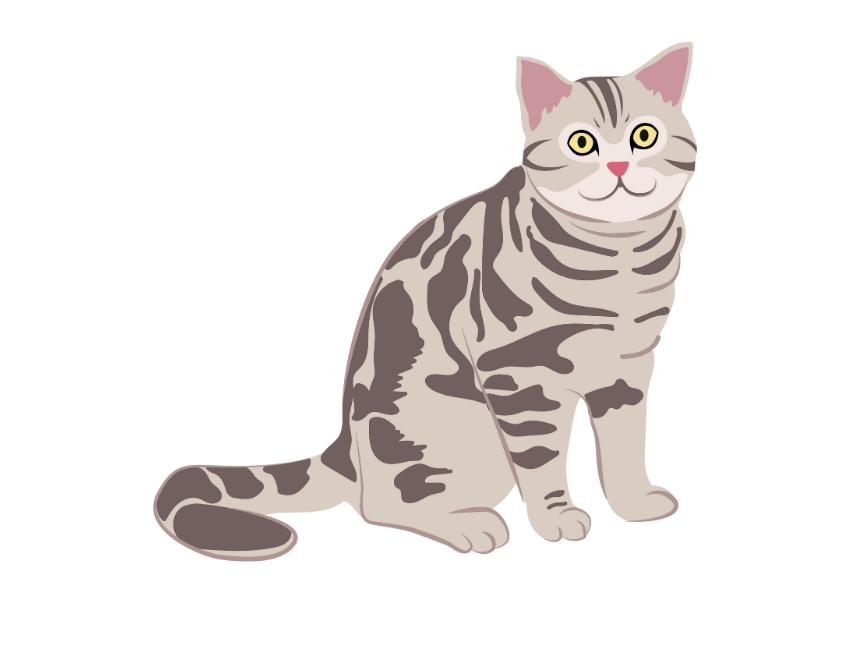
Frequently Asked Questions
What are the benefits of having multiple pets in the same household?
The benefits of having multiple pets in the same household are numerous. Having different species can provide companionship and mental stimulation for both you and your pets. Additionally, having different species can help teach your pets about socializing and living together peacefully. This can result in a more harmonious home environment and enrich your pet’s life.
How can you tell if your ragdoll is compatible with other pets?
To determine if your Ragdoll is compatible with other pets, watch how they interact with each other. Observe their body language and look for signs of aggression, such as tail swishing, hissing, and growling. Keep both animals separated if any negative signs are present. Introduce them gradually and slowly, rewarding positive behavior. If your Ragdoll and other pet seem to get along, gradually provide more supervised time together and always be prepared to intervene if necessary.
What are some long-term strategies to ensure a harmonious coexistence between ragdolls and other pets?
To ensure a harmonious relationship between Ragdolls and other pets, long-term strategies such as introducing them slowly, providing separate areas for play, and teaching your pets to respect each other’s boundaries can all help. Additionally, offering rewards for positive behaviors and providing plenty of love and attention to both pets will help them to become comfortable with each other.
Are there any ways to help ease the transition for a ragdoll when a new pet is introduced?
Yes! Introducing a new pet gradually to a Ragdoll can help them adjust. Give them some time to sniff and explore each other before their first meeting. Make sure to provide plenty of love and attention to both pets to ensure that neither feels left out. Provide your Ragdoll with extra comfort items like a favorite toy or extra blankets. As long as everyone feels safe, your Ragdoll and new pet can eventually form a harmonious relationship.
What are some signs that a pet is unhappy when sharing a home with a ragdoll?
Some signs that a pet is unhappy when living with a Ragdoll include decreased appetite, increased aggression, excessive vocalization, and withdrawal from playtime activities. If you’re seeing any of these signs in your pet, it’s important to take action to ensure they are comfortable.
